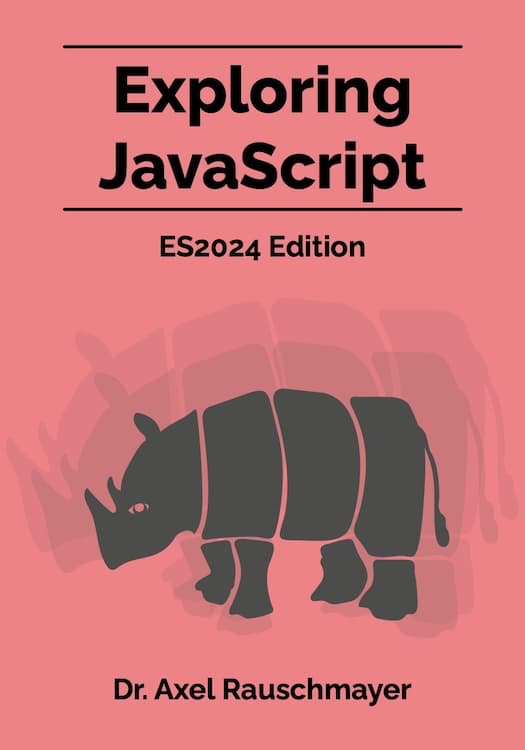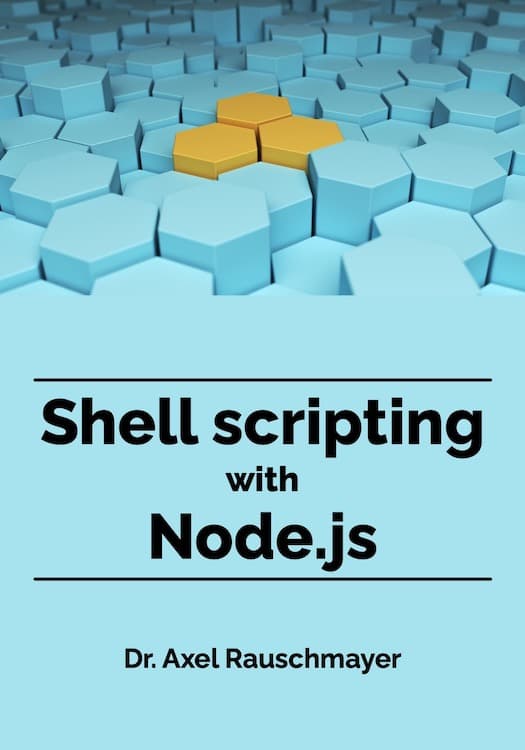2016-02
Arrow functions vs. bind()
ES6 arrow functions are often a compelling alternative to Function.prototype.bind().
Examples of name clashes in JavaScript’s standard library
The main use case for ES6 symbols is that you can use them as property keys that can’t clash with other property keys.
In case you think that name clashes don’t matter, here are three examples of where name clashes caused problems in the evolution of the JavaScript standard library:
JavaScript fatigue fatigue
Enough with the fatigue – tips against feeling overwhelmed:
ES proposal: Object.getOwnPropertyDescriptors()
The ECMAScript proposal “Object.getOwnPropertyDescriptors()” by Jordan Harband and Andrea Giammarchi is part of ECMAScript 2017. This blog post explains it.
ECMAScript 2017 (ES8): the final feature set
Update 2017-01-29: At the TC39 meeting in January 2017, the last feature of ECMAScript 2017, “Shared memory and atomics” advanced to stage 4. That means that its feature set is now complete, as listed below.
ES2016 feature: Array.prototype.includes
Array.prototype.includes is an ECMAScript proposal by Domenic Denicola and Rick Waldron. It is at stage 4 (finished) and part of ECMAScript 2016.
ES proposal: async functions
Async functions are an ECMAScript proposal by Brian Terlson. It is at stage 3 (candidate).
Before I can explain async functions, I need to explain how Promises and generators can be combined to perform asynchronous operations via synchronous-looking code.
ES2016 feature: exponentiation operator (**)
The exponentiation operator (**) is an ECMAScript proposal by Rick Waldron. It is at stage 4 (finished) and part of ECMAScript 2016.
2016-01
The final feature set of ECMAScript 2016 (ES7)
We always knew that ECMAScript 2016 (ES2016) would be a small release. It turns out that it will be very small. Read on for a list of its features and an explanation why that is not a problem.
ES.next News: a weekly email newsletter
Today, Johannes Weber and I are launching a new weekly email newsletter: ES.next News.





